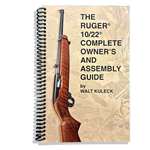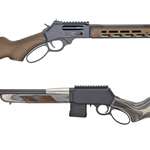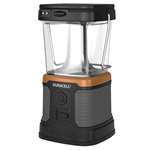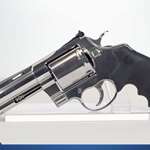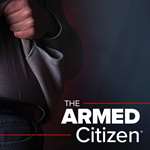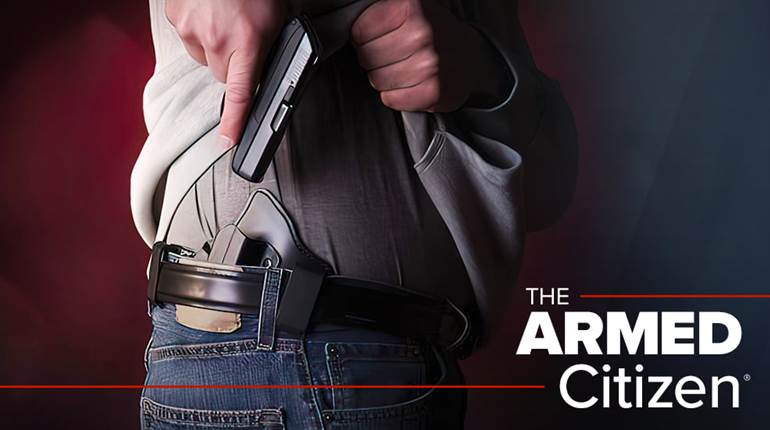
Let’s begin by reviewing just a bit. Because we are in a state of relaxed awareness (Condition Yellow), we observe a person, or persons, who could be a potential threat (Condition Orange). We don’t know, at this point, that we will have to fight for our life, but the potential is there, so we keep them under constant observation and are prepared to take action. Then, by their actions or conduct, we determine that these folks are, in fact, a threat (Condition Red).
There are some who don’t understand Col. Jeff Cooper’s Color Code and think that Condition Red means that we are going to fight. Nothing is further from the truth. But Condition Red means that we are going to have to take actions to protect ourselves—and we might have to fight.
In fact, based upon the circumstances, we might simply take the nearest exit and get away from the threat. On the other hand, the threat may be such that we have to make use of nearby cover and draw our defensive handgun. In some cases, the threat is such that we may have to use deadly force to resolve the situation.
Whether we employ deadly force depends upon what Col. Cooper called the Mental Trigger. Cooper explained it by saying, “If he does X then I am prepared to do Y.” In other words, if he comes out of that pocket with a gun, I am prepared to shoot him. Or, if he comes within so many yards of me with that knife or blunt weapon, I am prepared to shoot. Because we have studied and given this matter some serious thought, we know what actions on the part of the bad guy will trip our Mental Trigger and force us to employ deadly force.
... Some ... don’t understand Col. Jeff Cooper’s Color Code and think that Condition Red means that we are going to fight. Nothing is further from the truth.
We also know what actions on the part of the bad guy will keep us from tripping that Mental Trigger. If he complies with our verbal commands and stops his advance we may not have to fire. If he drops the weapon, we may not have to fire. Or if he simply turns and runs away we may not employ deadly force. A recent police shooting with which I am acquainted gives a good illustration of Condition Red and the Mental Trigger.
A wanted suspect was barricaded in a house and would not come out. Officers learned that he was armed with at least one firearm, and thus went to Condition Red. No shots were fired at this time, but action was taken in the form of a rifleman being set up and tear gas being introduced into the residence. This was still Condition Red, but no shooting was yet employed.
At this point, the suspect exited the front of the house with a rifle and began firing on the officers. The rifleman, who was prepared for just such an event, dropped him with one rifle shot before anyone else was injured. In this case, the rifleman’s Mental Trigger was properly based upon what he planned to do if/when the suspect placed others’ lives in immediate danger.
As armed citizens we should strive to be in Condition Yellow throughout our waking hours. We are often in Condition Orange—keeping a close eye on things that could be a potential threat and beginning to develop a plan. However, we are rarely in Condition Red, the point where the threat becomes real. Regardless, we should know what we intend to do and we should know what our Mental Trigger is in that given situation. Having a deadly threat in your face is not the time to be thinking, “Dang! I think he’s serious. Wonder what I ought to do now!”
Being alert and having a plan may mean that you get through a Condition Red situation without having to fire a shot. I sincerely hope that is the case. But, while you hope it doesn’t come to that, this is the time to plan and be prepared for the worst.
Additional Reading:
Defensive Awareness: Understanding the Color Code












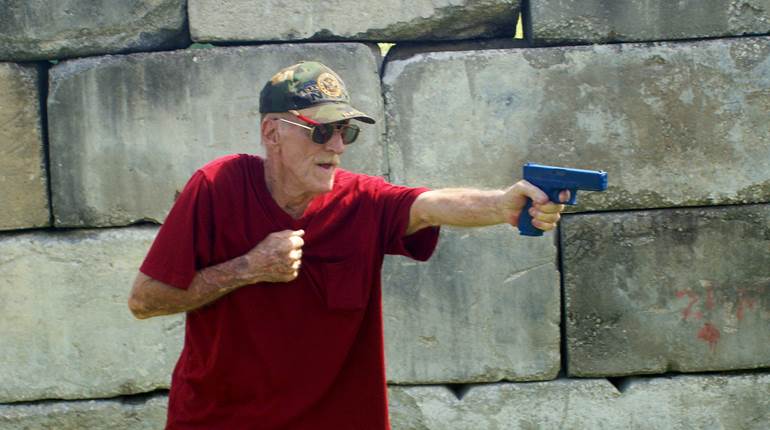

![Auto[47]](/media/121jogez/auto-47.jpg?anchor=center&mode=crop&width=770&height=430&rnd=134090788010670000&quality=60)

